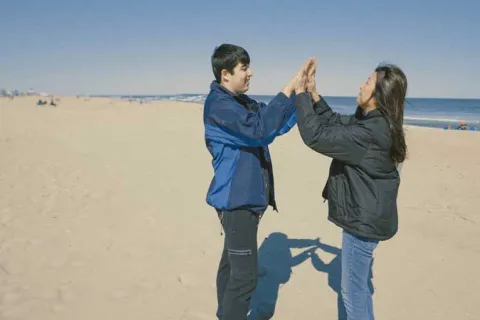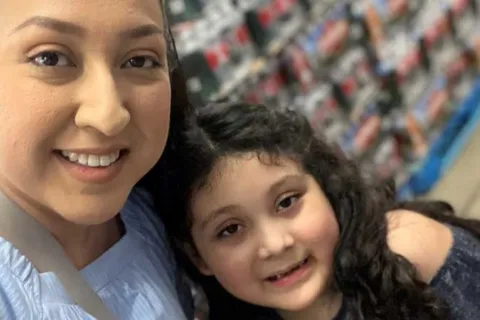Assembling your team after an autism diagnosis
100 Day Kit for Newly Diagnosed Families
It often takes a team of people to help support a person with autism. Your child’s team will consist of many different members. They will help you to address all areas of your child’s life and assist you in making decisions about your child’s treatment, education, recreation and health.
How to assemble a team of professionals after an autism diagnosis
Medical team
Your child should be supported by a pediatrician who understands developmental issues and who will serve as your child’s primary care provider. Depending on your child’s needs, other medical team members may include a neurologist, geneticist, developmental pediatrician, gastroenterologist, psychiatrist or nutritionist.
Intensive intervention team
ABA, ESDM, Floortime, PRT, RDI, SCERTS, TEACCH and VB are all intensive interventions. Depending on the intensity of the primary intervention, there may be an intervention leader and several providers or therapists involved in providing the treatment as structured by the leader.
Related services team
Speech and language therapy, occupational therapy, physical therapy, sensory integration therapy and social skills instruction are all related services. All therapists working with your child should be communicating frequently and using a consistent method of teaching.
Hiring therapists
For parents hiring new therapists, you may want to consider the candidate as you would any other job applicant and handle the situation accordingly. Ask for resumes.
Specific things to look for on the resume:
- Past experience with children with autism approximately the same age as your child
- Amount of experience the therapist has had
- Kinds of experience the therapist has had, for example, whether he or she has worked in a school setting or in a private program
- Educational background
- Membership in professional autism organizations – if so, then he or she is most likely going to conferences, thus enhancing his or her skills in the profession
Conducting interviews
Conduct a “ hands on” interview, during which the potential therapist works with your child to implement a skill acquisition program. It is important to see how the potential therapist takes direction and to see how flexible he or she is about changing approaches in his or her teaching. You will want a therapist to potentially be open to new ideas in terms of teaching approaches. It’s a good idea to have him or her bring video of a therapy session conducted with another child. This offers yet another view of his or her teaching skills. If possible, observe the therapist working with another child.
Check references.
Be sure to talk to previous supervisors and other parents for whom the therapist has worked. They are often good sources for finding additional therapists.
Consider a probation period.
The therapist should be hired for a probation period, during which sessions are videotaped or observed directly until you and/ or the home coordinator feel comfortable with the therapist and confident in his or her abilities.
Check clearances.
Anyone working with your child will need to provide background clearances from the state you live in to establish that he or she does not have a criminal record. If you have chosen a homebased intervention program for your child, you will probably be required to submit copies of those clearances to the state, county or local agency providing services.
Managing your team
Participate in training. Be part of the team. Y our participation in team training is vital so that you can increase your skills to successfully parent your child and understand the goals and techniques of his or her program. Knowing the techniques and objectives of your child’s intervention program will allow you to closely monitor his or her progress and guide and evaluate the members of your team. Intensive intervention programs often start with a one or two day training course where individual therapists are trained by the primary intervention leader.
Establishing team communication
There are two important ways your team will communicate. One is through a notebook in which each therapist records information after his or her session with your child. Each therapist reads the information recorded since the previous session before the next session with your child. Parents and supervisors can add information to the notebook as needed. The other way is through team meetings. Team meetings are often held at the home of the child, especially in the case of intervention programs that are homebased. These meetings should include as many members of your team as possible. This will ensure that your therapists are up to date on every aspect of the program and that they are all working with your child in consistent ways.
At team meetings, you will discuss what is working, as well as areas in which there have not been progress, so that you can determine whether to make changes and what those changes should be. Teams usually meet once a month, but may meet more or less often as needed. Many team meetings include time for therapists to observe each other in action with your child and receive feedback on their techniques.
Read more about building your team and supporting your child after an autism diagnosis in the Autism Speaks 100 Day Kit for Newly Diagnosed Families of Young Children or School Age Children.








